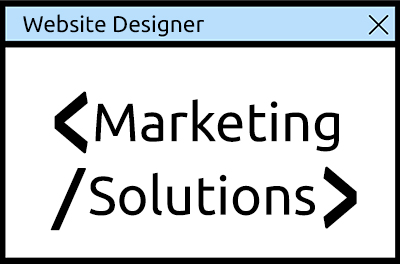This is not a detailed website strategy, but here are three great suggestions that will set a great foundation for the growth of your website.
Step One – Build a Set of Keywords Focused on Benefits Your Visitors Want
Assume your visitors do not care about you, your company, your snazzy looking website, or how good your products and services are. The one thing they care about is what’s in it for them. Does your website speak about the benefits they will get if they choose to hire you? If it does, great, but you can still do better.
You need to speak the same language that visitors to your website use. No, I don’t mean Spanish, French, or English—I mean communicate with the terms that your potential customers use when they are hunting for answers to their problems. Refrain from using industry terms, most people won’t know what you are talking about, and that can lead to a frustrated user. The frustrated user’s favourite browser button is the “back” button, which is definitely not the click that we are after.
Sit down, take your time and put on your customer hat and compile a list of keyword phrases that they might use to search for solutions to their problems.
Step Two – Check the Search Activity of Your Keywords
The great thing about the online space is that almost everything is measurable, including the number of times someone searches using the keywords you selected.
For example, we were working with a business who were happy with the high rank they received for a particular keyword. We did some research and found they were indeed ranking number 3 on Google for that phrase.
We kept digging and discovered that although they ranked highly for that particular keyword, it was only searched for 72 times each month (on average). We also found out they ranked 18 on Google for the plural version of that same keyword, and the plural version of the keyword had a search volume of more than 12,000 times each month.
It’s incredible that simply using the plural form of the keyword can make such a huge difference. The great thing is everyone has access to the same information–and it comes with no cost! Do a search for the Google Keyword Tool, and you will find a very helpful tool that can give you some good general information in regards to the search activity of your chosen keywords.
Step Three – Determine Your Customer’s Intent to Buy Based on The Keywords They Use
Just because you find your keywords are searched for frequently each month doesn’t mean they are the most important to target. There is a tool that will give you general information about how likely a user is to purchase based on the phrases they are using.
A keyword planner tool is a neat little website that can give you an idea if keyword terms are more likely to end up as conversions (sales). You should have built a solid list of relevant keywords, now enter them in the commercial intent tool, and it will give you a percentage that measures how likely that person is to buy something when they use a specific keyword term.
Optimising a website just to drive traffic, is an exercise in frustration. You can build tons of traffic to a website, but really, the desired outcome of your marketing is not only to gain an increase in visits to your site —the main focus should be getting targeted customers to your site who are ready to order your product and/or services.
Conclusion
If you invest the time and effort required to think like your customers, understand what they are looking for, and recognise when they are looking to make a buying decision, then you can use this data to give them exactly what they are looking for.



